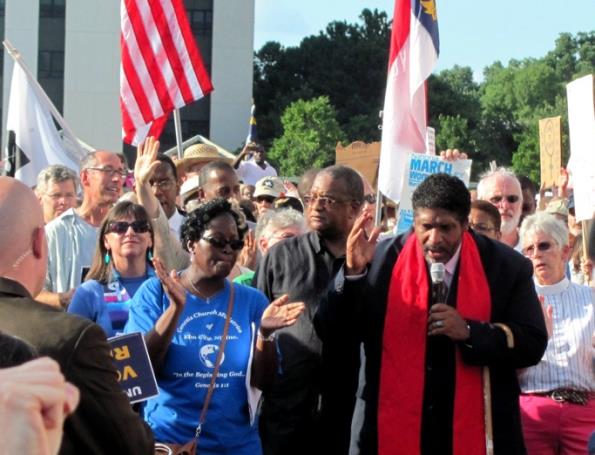
Claims of the resurgence of the religious left during the Trump presidency have circulated far and wide, but recent research suggests that any such religious-political revival is limited and that it is more the secular left that is showing the most vitality. In the journal Sociology of Religion (81:2), sociologists Joseph O. Baker and Gerardo Marti analyze data from the General Social Survey, the Public Religion Research Institute, and the National Congregations Study and find that not only is the constituency of the religious left shrinking but there also has been a disengagement in such political activity in the last decade. Baker and Marti also did a textual analysis of media coverage of the religious left and found that stories with mentions of the “religious left” occurred more times in 2019 than any previous year. Much of the religious left’s decline in the constituency is related to the shrinkage of mainline Protestantism and the rapid rise of the non-affiliated. In looking at voting behavior of Americans who are politically and religiously liberal, the authors found that they were just as likely to self-report voting compared to religiously and political Americans in 2004, but since then their voting rates have dropped significantly. Since 2008, it has been the secular left that has been ascendant, most closely tracking the growth of religious right voting and activism. Baker and Marti do find evidence of increased mobilization of the religious left over time when looking at congregations. But they caution that only a small percentage of congregations are politically liberal (according to reports by clergy).
In an article in the Journal for the Scientific Study of Religion (online in April, 2020), Laura Krill focuses on the micro level of congregational involvement in religious left causes, finding that liberal churches’ commitment to inclusivity may be in tension with providing a religious basis for such activism. Krill studied a church participating in Moral Mondays, a coalition of congregations in North Carolina involved in social justice issues, such as strengthening the social safety net. The congregation engages in a “blessing” of activists at the conclusion of Sunday services, with congregants being expected to stand and recite this prayer. The researcher finds that, while church leaders may not be aware of it, congregants feel that such a blessing of activism threatens the church’s inclusive stance. While the congregants strongly supported such activism, which included the arrest of the pastor during a protest, in interviews they became uncomfortable with linking or providing religious justification of it through these blessings.
Such wariness is likely due to the fact that congregants do not want to give the impression that Moral Mondays is the only church-approved form of social activism.  But Krill also argues that making such a unified and public stance in church for this cause violates the congregants’ commitment to inclusivity and to religious individualism, which distinguishes them from religious conservatives. She concludes that “these findings suggest that liberal Protestants are likely engaged in advocacy and work in the public sphere, but they are not using a liberal religious perspective to motivate that involvement. Individuals can decide to act on their own religious commitments, but religious beliefs and convictions are questioned when they require congregant participation.”
But Krill also argues that making such a unified and public stance in church for this cause violates the congregants’ commitment to inclusivity and to religious individualism, which distinguishes them from religious conservatives. She concludes that “these findings suggest that liberal Protestants are likely engaged in advocacy and work in the public sphere, but they are not using a liberal religious perspective to motivate that involvement. Individuals can decide to act on their own religious commitments, but religious beliefs and convictions are questioned when they require congregant participation.”
(Sociology of Religion, https://academic.oup.com/socrel; Journal for the Scientific Study of Religion, https://onlinelibrary.wiley.com/journal/14685906?)